For the past couple of years I’ve devoted most all of my personal art studies to portraits. I find the human face to be the most complicated and challenging subject, and I wanted to spend the time to get better at both drawing and painting it. After so much time studying and sketching portraits I still tend to get overwhelmed now and then. To the point that I think to myself “can I even draw anymore” :-) … But the answer is yes, and I have to find a way to recenter myself and get back on track.

I thought I would share my methods with you because I’m betting I’m not the only one to get frustrated while learning a new artistic skill.
1. Choose a simple go-to subject
To remind myself that I still do in fact know how to draw and paint, I like to periodically return to a subject that I’m very familiar with. For me that’s usually a bird, a cat or a fox. Something that I have painted many times and I know that I can do almost without thinking. It resets my brain and gives me back the confidence I need to press on with more difficult studies.
If you don’t have a “go-to subject” I can make a few suggests. Start with a simple isolated animal portrait. The reason I find animals easier than people is that you can be a little off and no one is going to notice as much as a human portrait. I think the reason is because we’re all so used to looking at people daily, and we can tell when things are slightly off with a face. Animal paintings are a bit more forgiving and therefore easier to start with.

Try a bird, fish, cat or dog and focus mostly on the eyes. If just the eyes are right then you’ll be more than halfway to a successful animal portrait. Keep the rest loose, and pay attention to shapes along with hard and soft edges. I cover more on painting animals in my Procreate Watercolor Masterclass which you can check out here.
2. Follow an organized process
Have you ever gotten stuck while painting? Sometimes you might think “I don’t know what to do next”. I avoid this by sticking to a process that consists of a few steps. Then I think to myself “where am I in the process?”. This will usually get me back on track and keep me from getting overwhelmed. If you don’t yet have your own process you can take what you like from mine, or follow it to the letter.
Generally I start with a loose pencil drawing with a bit of rendering around the focal point area (remember for animals that’s usually the eyes). Then I’ll begin to add transparent or thin layers of paint to start building towards my darkest contrast. I’m always testing and measuring areas of contrast as I work. Then final stage consists of details like splatters and opaque blacks or whites that you might find in whiskers or the brightest highlights like eye shine. If I’m working in Procreate or Photoshop the very last step would be some minor color adjustments and sharpening.

If you want to see more of my process at work you can follow along with some of my YouTube videos like this one.
3. Manage your assets and keep it simple (Brushes, textures, colors etc…)
When it comes to digital painting, if you’re like me, you have hundreds of brushes. There’s nothing wrong with that. I love having the variety of brushes to choose from, and that’s why most of my brush sets are pretty large collections. But you might easily become overwhelmed by too many choices, and then it takes you out of your process trying to find the right brush.
The way I manage brushes is to think of them as brush types versus individual brushes. For example the Master Watercolor brush set is divided into multiple categories like rounds, flats, washes, effects etc… This helps me to stay organized while painting, but I often take it a step further. When I’m planning a painting I typically go through the brush types and choose 8-10 brushes that I’ll likely need for the job and stick to those selections while working. Sometimes I’ll even copy and drop them into a temporary brush folder. This keeps me on track while working and prevents me from getting distracted by too many choices. I’ll repeat this for the next painting and often pull a different selection of brushes to keep a nice variety between paintings.

For traditional painting it’s much easier. I’ll often just grab a large wash brush and a couple of smaller rounds for details.
The same idea works for color and textures. Keep it simple with 2-3 preselected choices. The idea is to plan as much as you can ahead of time so that nothing pulls you out of the zone while painting.
Conclusion
I hope these tips help to keep you from becoming overwhelmed, but don’t get discouraged if you do. The more you work and practice drawing and painting the more second nature it becomes, and you’ll begin to develop your own methods to keep you on target as you grow as an artist. Feel free to let me know what you think, or to share your own tips for staying calm and collected while learning to draw and paint using the comments section below!

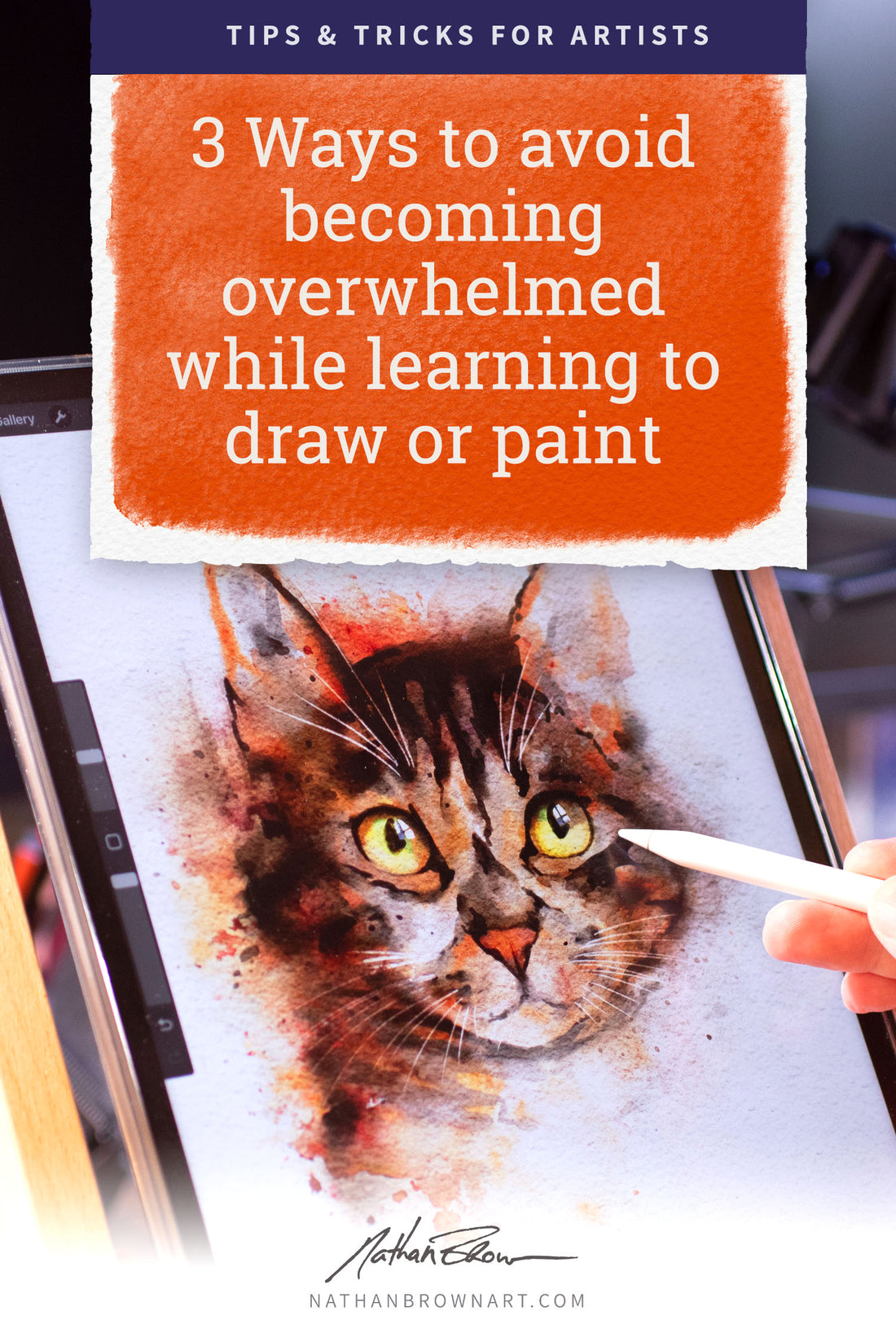
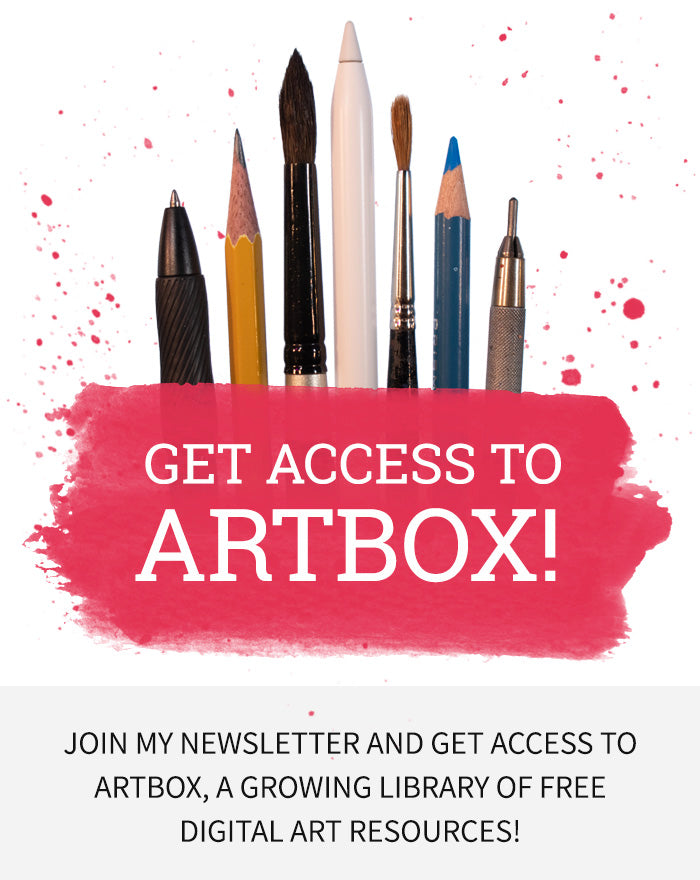

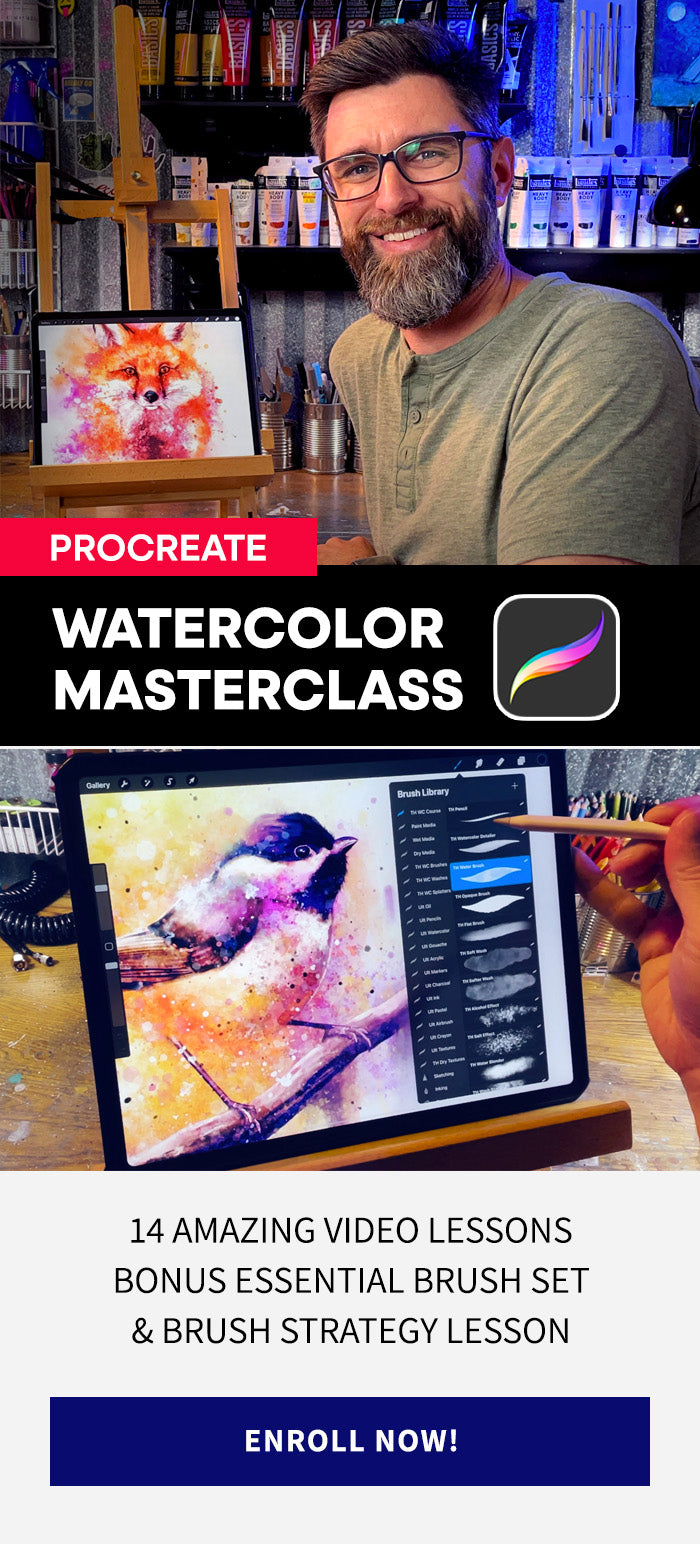

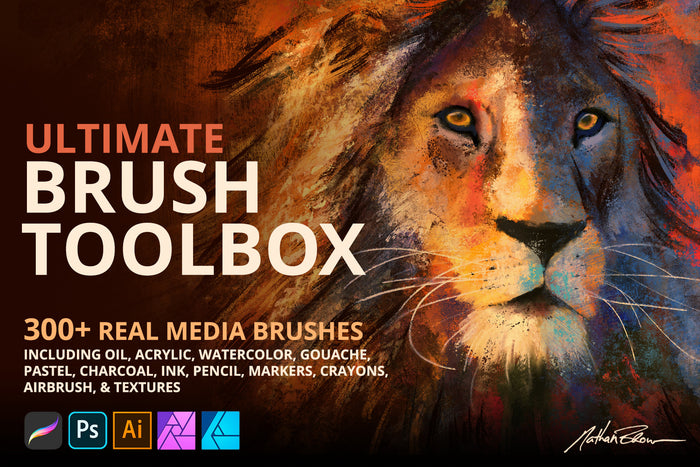
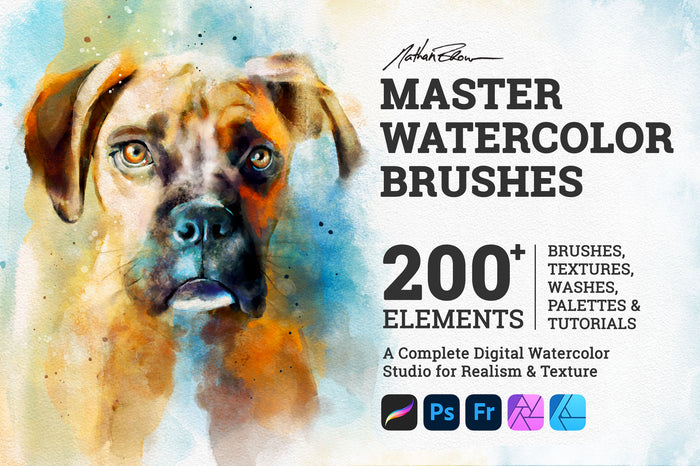
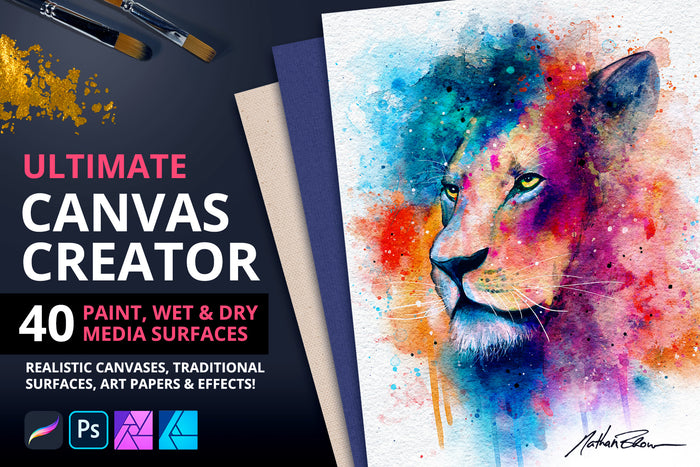
1 comment
Thank you this is very helpful. Struggling with a bit of art block at the moment. So any advice helps